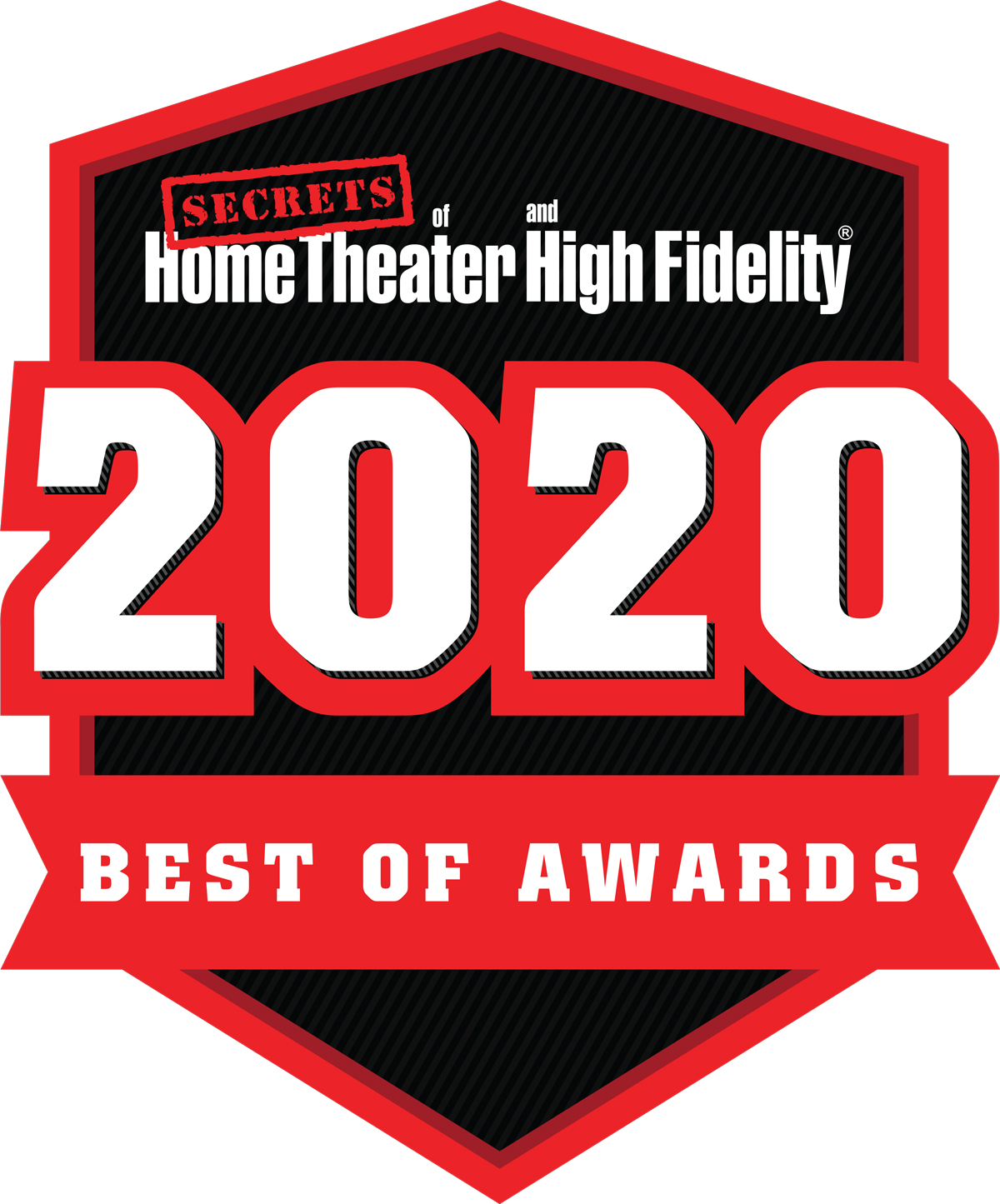Users needing a projector for their multi-use media rooms should take a look at BenQ’s new TK850. It’s a compact DLP with Ultra HD resolution, high brightness, and HDR. With built-in stereo speakers and the latest HDMI 2.0 connections, it can serve as a television just by hooking up a disc player or streaming box. With high output, it can compete with some room lighting when your guests would rather not sit in the dark. And it delivers what DLPs are famous for, a razor-sharp image with superb motion resolution.
BenQ TK850 Ultra HD DLP Projector
- Single-chip DLP with HDR-PRO 4K technology
- HDR and 3D support
- Auto-iris and bulb throttling for higher contrast
- Flexible calibration options for SDR and HDR
- Compact chassis with built-in stereo speakers
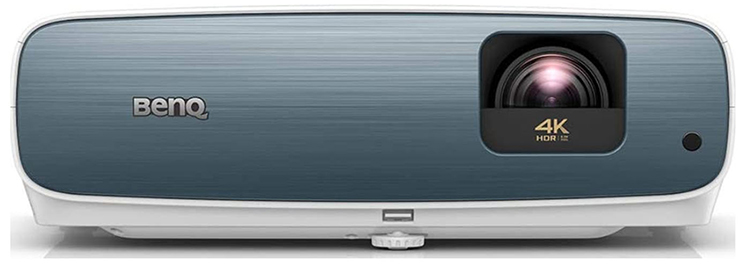
BenQ continues its tradition of affordable 4K DLP projectors with the TK850. HDR-PRO 4K technology delivers 3840×2160 pixel resolution from a single 0.47” DLP chip along with HDR and high brightness. It’s the higher-output stablemate to the HT3550 I reviewed a few months ago. In fact, it puts out almost twice as much light according to my in-theater measurements. With support for HDR10, Hybrid Log-Gamma (HLG) and 3D, it handles all the latest content from optical disc or streamed from the internet. With built-in stereo speakers and a compact chassis, it’s a solution equally at home in a media room or theater. Or take it on the road for an impromptu movie night wherever you might be.
Type:
Single-chip DLP 0.47” with HDR-PRO technology
Color wheel:
RGBW / 96, 100, 120Hz
Native resolution:
1920×1080, 3840×2160 w/HDR-PRO pixel-shift, 16:9 aspect ratio
HDR:
HDR10, HLG
3D:
Yes
Throw ratio:
1.13-1.47:1
Lens offset:
100%
Lens shift:
10% vertical
Light source:
245-watt UHE lamp
Light output (mfr):
3000 ANSI lumens
Lamp service life:
4000-15,000 hours
Video connections:
2x HDMI 2.0
Audio connections:
3.5mm audio out, S/PDIF out (2-channel only)
Additional connections:
2x USB, RS-232, 12v trigger out
Speakers:
2x 5 watts
Dimensions:
15″ x 5″ x 10.4″ (WxHxD)
Weight:
9.2lbs
Warranty:
3 years, 1 year/2000 hours lamp
Price:
$1699
Website:
Company:
SECRETS Tags:
benq, tk850, 4k, ultra hd projector, dlp projector, hdr, ultra hd, hdr-pro, 3d, Projector Review 2020
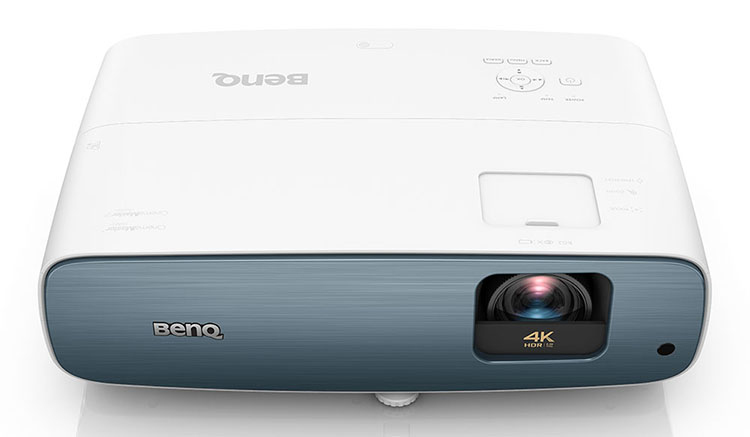
The TK850 falls into the value category of 4K DLP projectors with a 0.47” chip and BenQ’s HDR-PRO technology. It’s a pixel-shift feature that creates 3840×2160 addressable pixels and in practice, is very hard to distinguish from a native 4K display. DLP is the sharpness champ among projector tech and BenQ leverages this with an all-glass low dispersion lens. Though it costs just $1699, it has optics you’d expect to see in a much more expensive product.
Compared to the HT3550, the TK850 is roughly twice as bright. It manages to do this using the same 245-watt lamp by employing a four-segment RGBW color wheel. The white (clear) segment is the reason for its extra power. The downside of this approach is a smaller color gamut. Though the TK850 easily covers the Rec.709 space, it only hits 77.7% of DCI-P3. Though Ultra HD content is enhanced with support for both HDR10 and HLG, the extra color found in the HT3550 is not here.
The TK850 also supports 3D. Though this format is basically dead, many enthusiasts enjoy watching their existing content in 3D. I’ll never get tired of watching Avatar on a bright 3D display like this.
The chassis is a compact size and weighs less than 10 pounds. It’s relatively portable and includes built-in speakers. You can set it up on a coffee table and project an image up to 300 inches diagonal on a white wall or screen. Its high brightness means you won’t have to make the room completely dark to see a good picture. BenQ rates it at 3000 lumens and my tests support that claim.
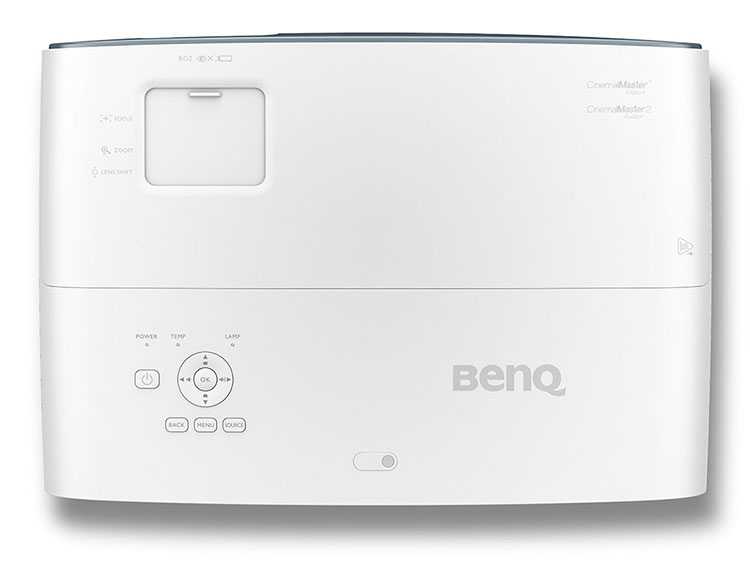
From the front, it looks a bit like the HT3550 with the same offset lens and a scrim below the opening. The projection offset is 100% (one times the screen height) and there is a 10% shift adjustment along with zoom and focus controls under a sliding door on top. Movements are very precise and of high quality. Two threaded feet in the back and an extendable foot in front aid in leveling the TK850. In extreme situations, you can use the auto keystone feature to square up the picture. Be advised that this reduces resolution.
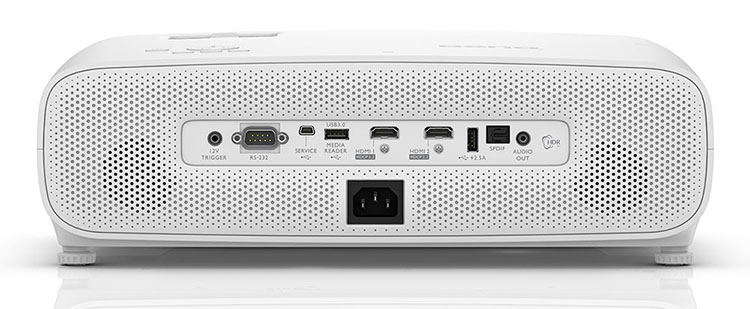
Connections include two HDMI 2.0 with HDCP 2.2 for video. The first of them supports HDMI ARC, a rarity in projectors. For audio outputs, you get a 3.5mm analog jack and an optical S/PDIF port that supports two-channel sound. Two five-watt speakers fire out back and provide decent if not room-filling sound.

The remote is BenQ’s typical small handset with a backlight and many keys to directly access features like HDR, 3D, color management and the like. It’s very powerful and will happily bounce commands off the screen or even a sidewall. Two IR sensors on the projector ensure reliability.
The TK850 also supports 3D in frame-pack (24Hz), top/bottom and side-by-side (60Hz) formats. Max resolution is 1920×1080. Any DLP Link glasses will work including BenQ’s. I used a pair from XPand.
The TK850 installed easily on a table in front of my seating. It’s a shortish-throw projector so I only needed to pull back eight feet to cover my 92-inch Stewart Luminesse screen with Studiotek 130 material. The zoom and focus controls made it easy to get a square and sharp image in just a few minutes. I didn’t need the shift or keystone options, but I did tweak one of the back feet to level the projector.
I sent all content through the HDMI 1 port which supports all signals up to 3840×2160 at 60Hz plus HDR and 3D. Once the picture was up, I turned to the comprehensive menu system.
Like all BenQ projectors, the TK850 menu is divided into six sections with all calibration options in the first one called Picture. There are four presets plus a User mode that can use any of the presets as a starting point. You can also calibrate any of the modes to your preference. I chose Cinema as the best starting point for SDR content and performed a full calibration. To that end, there are gamma presets from 1.8-2.6, two-point white balance and full color-management. I made a few changes which I’ve detailed in the benchmark section.
HDR signals switch the TK850 automatically into HDR mode where you can access the same calibration controls plus an HDR Brightness option that is handy for optimizing the image with different material. Much of the HDR we watch today is mastered to different brightness levels and this control helps match the display with the content metadata. For calibration, I chose one step darker but changed it during my viewing tests depending on what movie I selected. I wish the remote’s HDR button opened this menu, but it only serves to toggle HDR on or off.
To optimize contrast and brightness, the TK850 has three bulb options, Normal (brightest), Economic and SmartEco. The last one is a throttling feature that changes bulb power on the fly. It’s quite effective at increasing contrast but you’ll see it change luminance when content shifts rapidly. The less intrusive option comes in the form of an excellent auto iris. It has three speeds of which Fast looked best to me. It delivers slightly higher black levels, but it works quickly enough that you can’t see it in action. It’s also completely silent as is the fan which I could only just hear on the bulb’s Normal setting. With the calibration complete, I turned to my movie collection to watch a few Ultra HD blockbusters.
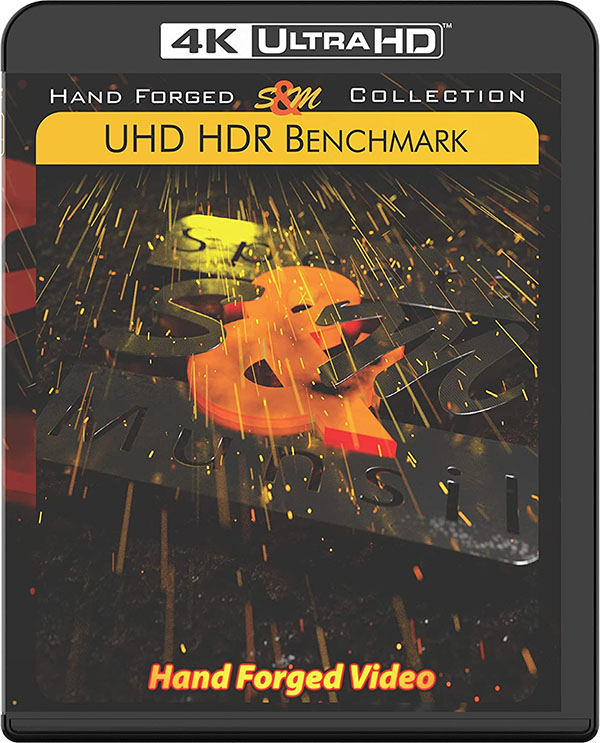
After calibrating the TK850 for SDR and HDR using test patterns, I cued up the demo clip from the Spears & Munsil UHD HDR Benchmark. I’ve watched this content on some impressive projectors in the past and the TK850 was right up there with the best. It’s DLP-sharp of course but the high brightness really made the picture pop. I was afraid I’d miss the larger color gamut of the HT3550, but I didn’t. I could see the difference, especially in the scene with the red tulips. The TK850 is just a tiny bit less red. But since it doesn’t use a filter to expand the color gamut, it is a good deal brighter.
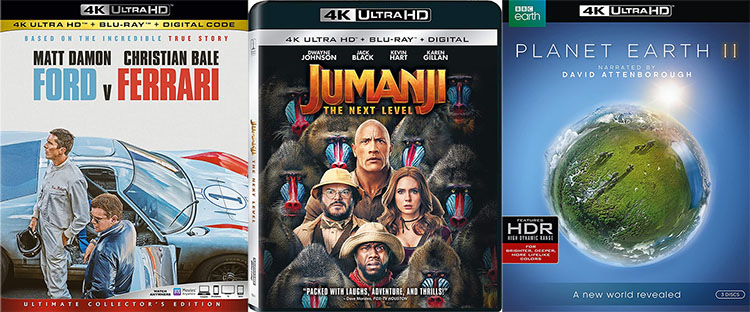
I had just watched Ford v Ferrari on Blu-ray and was anxious to compare the Ultra HD version. The TK850’s brightness really made detail stand out. Textural elements like fabric and machined metal had an almost tactile feel. Beads of sweat on actor’s faces made them look more three-dimensional. Subtle differences in flesh tones were also apparent. Scenes at the racetrack held their resolution to a high level with zero motion blur. Since there was plenty of light output available, I dialed down HDR brightness to -2 which improved black levels and contrast nicely.
Jumanji The Next Level may not be the greatest sequel out there, but it offers plenty of natural and bright color. Ruby Roundhouse’s costume was a nice deep shade of red, yet her face never looked too ruddy. Night scenes were a bit on the gray side but when bright highlights were added, the picture took on extra depth. The auto-iris was set to fast for all my viewing with the bulb on Normal for HDR content. I tried SmartEco to see if black levels would change but they did not. The iris works seamlessly with no visible image pumping.
For my viewing of Planet Earth II, I turned to the Deserts episode. Here, I saw a few compression artifacts from the original content, mostly in wide shots which I suspect were filmed in a lower resolution and upconverted. Closeup images were amazing to behold with razor-sharp detail apparent in different animals’ fur. The warm hues of the desert were portrayed naturally with good saturation. Though the TK850 isn’t a DCI-capable display, you wouldn’t know it when watching.
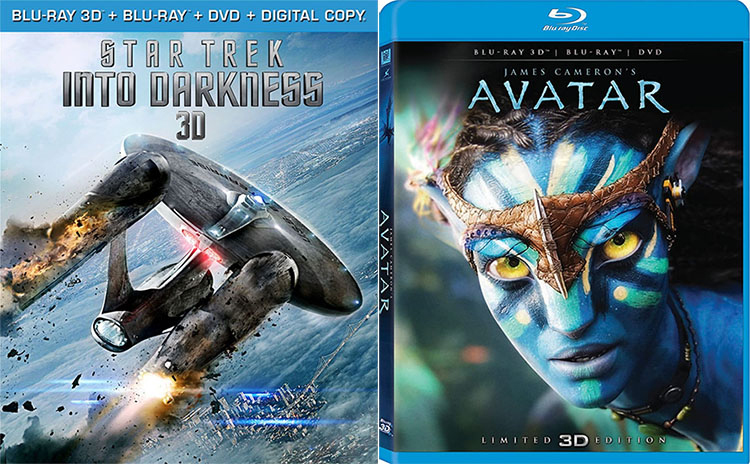
Since the TK850 has more 3D brightness than most projectors, I settled in for a viewing of Star Trek Into Darkness 3D. The depth effect was amazing, especially in a bar scene where Kirk and Pike discuss their futures over drinks. Objects were clearly either in the foreground or background and everywhere in between. Contrast seemed solid with the auto-iris engaged. Blacks were reasonably deep for a DLP and highlights popped nicely. I can see why some enthusiasts have stayed with the format. When presented on a display like the TK850, it is very engaging.
Of course, I couldn’t wrap up without a viewing of Avatar. It looked great as expected but its stage depth wasn’t quite as extreme as Star Trek’s. Its best attribute is brilliant color and that was fun to see. Bright primary shades are all over this film in the jungle flora and the animals. The Navi are a brilliant blue that makes you believe they really exist. Fast action scenes held up nicely thanks to the TK850’s superb motion processing. If you’re still a 3D watcher, this projector is a top choice for its brightness and complete lack of crosstalk artifacts.

Cinema mode is the best starting point for calibration of the TK850 with its solid gamma tracking and very minor grayscale errors. I started with Brilliant Color and the auto iris turned off. The bulb was set to Economic. Aside from a barely visible cool tone, there is little need for adjustment. However, you’ll see later in the gamut tests that a few things need to be addressed.

After a few changes to the RGB gains and offsets, grayscale tracking has improved to a respectable 1.408dE. To improve color tracking, which I’ll explain in a moment, I had to change the gamma preset to 2.3 and make changes to the color management system. That is the reason for the reduction in gamma accuracy. Though the chart looks worse, the image looks significantly better.
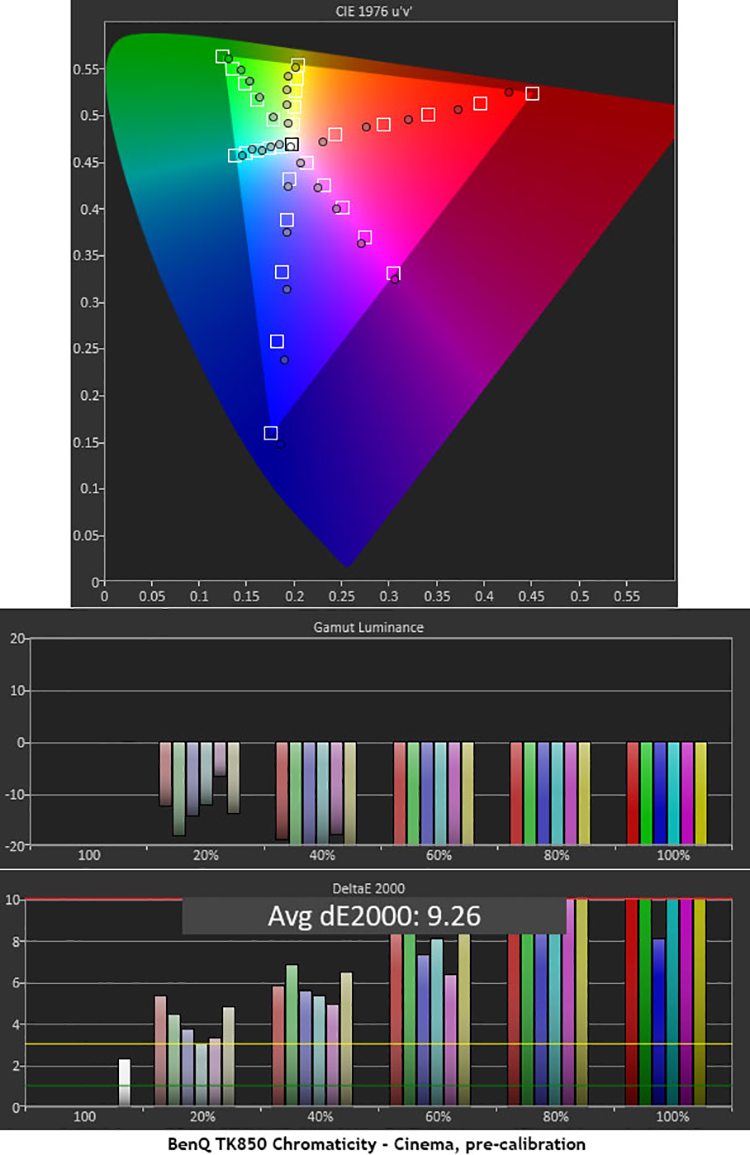
While the CIE chart only shows some minor issues in the saturation levels of red and blue, the greater issue can be seen in the luminance chart (second graph). Overall color brightness is visibly low, giving the image a pastel-like appearance. Fortunately, there is a CMS here that can save the day.
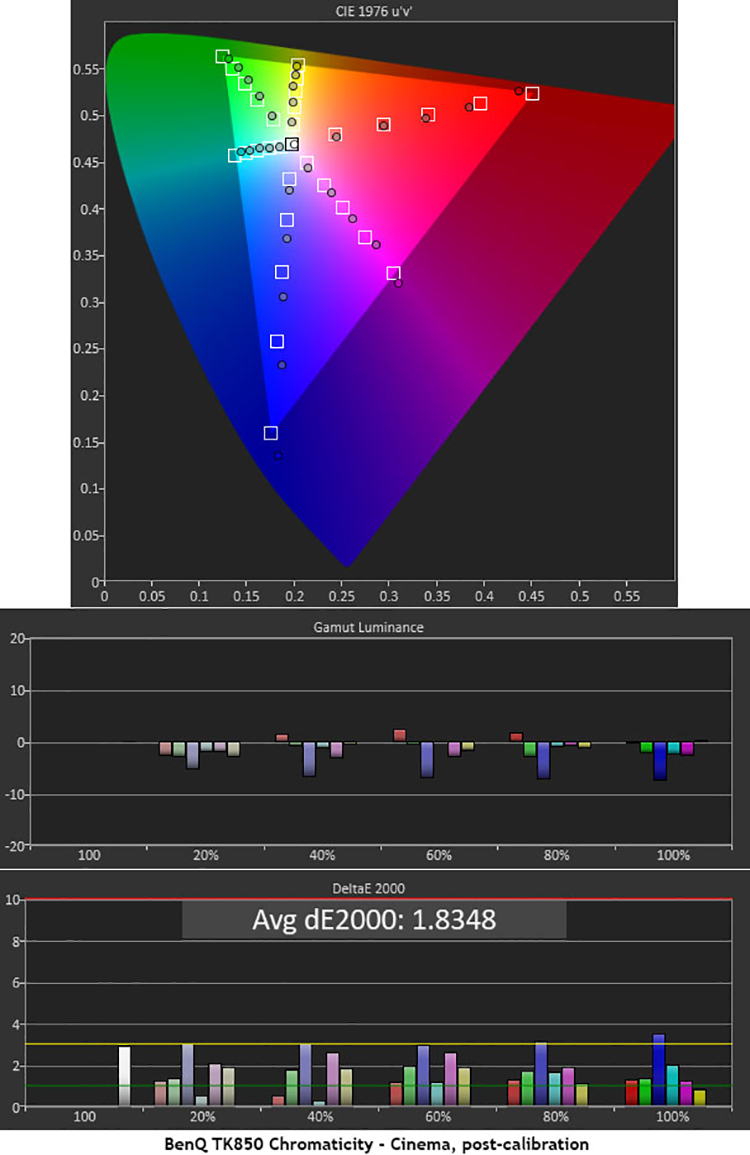
Remember that I started with Brilliant Color turned off. The TK850 is the first BenQ projector I’ve seen that has 10 levels for that option but running it up to the max only made things worse. Setting it on 1 helped along with some significant changes to the color luminance sliders. I also tweaked the yellow hue a bit. I did not touch the saturation controls as they pull the lower levels (20-80%) too far off target. By neutralizing and balancing color luminance, accuracy is improved to an impressive 1.8348dE. I strongly suggest calibrating the TK850, or try the settings I’ve provided at the end of this article.
To simulate an HDR10 signal, I added an HD Fury Integral to the signal path. It creates the proper tone map to allow HDR measurements using CalMAN’s special workflow. The TK850 only has one HDR picture mode but you can calibrate it’s grayscale and color management independent of SDR. There are also five HDR brightness levels to experiment with.
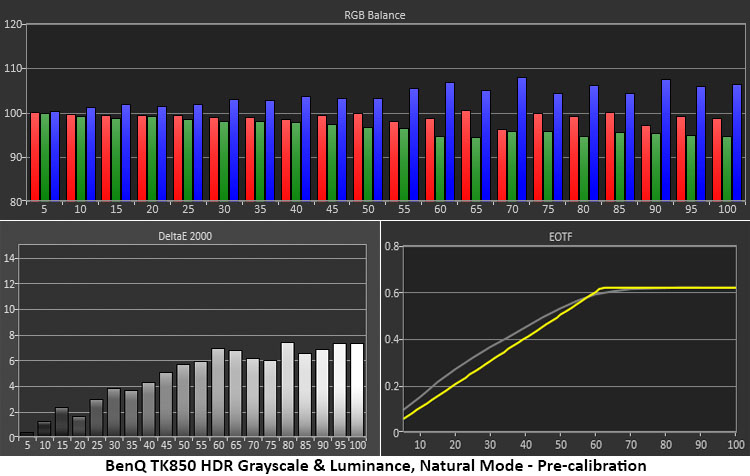
By default, the TK850’s HDR grayscale and luminance track well. The EOTF curve runs slightly light up to the clipping point where the display takes over tone-mapping from the content metadata. Errors past the 50% point are a bit blue.

Tweaking the RGB gain controls while displaying a 60% brightness pattern makes dialing in the TK850 a simple task. I also changed the HDR brightness to -1 which lowered the EOTF trace a little. This helps make blacks a bit more impactful. You’ll find that different content requires different levels.
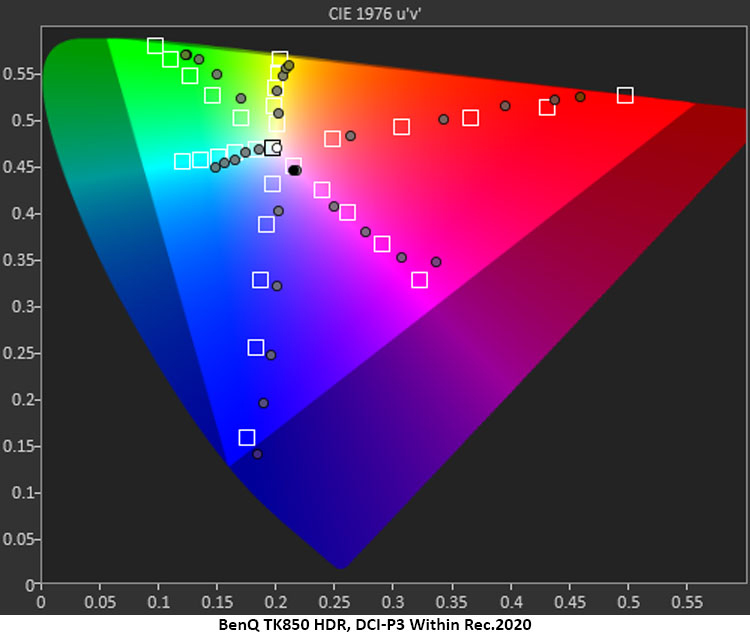
The TK850 isn’t quite a DCI-P3 display but it does manage a little more saturation for HDR signals. Red and green come 15 and 25% short of the mark respectively while blue over-achieves a little. This is good performance at this price point.

The TK850 stumbles with interlaced content, failing both the 2:2 and 3:2 tests. If you plan to watch DVDs, I recommend using a player with good de-interlacing and scaling features. It’s also best if the player can output an RGB signal because component formats roll off the one-pixel multi-burst pattern which reduces resolution slightly. It isn’t a huge issue, but this projector should be matched with a decent disc player. If you plan to stream, premium hardware like Apple TV or Nvidia Shield will also provide good video processing.
All luminance values are expressed here in nits, also known as candelas per square meter (cd/m2). For those needing a frame of reference, 1fL equals 3.43 nits, or 1 nit equals .29fL.
The TK850 is designed for high output and on that score, it delivers. After calibration in the bulb’s Economic mode, I recorded 159.7907 nits white, .1813 nit black and 881.4:1 contrast. This is the projector’s native dynamic range with no bulb throttling or auto iris in play.
Increasing bulb power to Normal delivers 233.49 nits white, .268 nit black and 871.3:1 contrast.
For best results in a dark room, I recommend using the auto-iris on its Fast setting. With the bulb on Economic, I recorded 160.5737 nits white, .0672 nit black and 2390.5:1 contrast.
If you have some room light, it’s better to use the SmartEco bulb mode which throttles the lamp. In that mode, I recorded 231.2575 nits white, .0713 nit black and 3244.8:1 contrast.
HDR mode produced 267.4428 nits white, .0972 nit black and 2750.6:1 contrast. Engaging the iris made black unmeasurable and left the peak white level the same.
Light output in 3D mode is decent with 31.1589 nits white, .0677 nit black and 460.3:1 contrast. This is without bulb throttling or the auto-iris. 3D crosstalk was a super-low .04%.

Recommended Settings for SDR & HDR
- Mode Cinema
- Brightness 50
- Contrast 43
- Color/Tint 50
- Sharpness 6
- Gamma 2.3
- CT Normal
- Red gain 98
- Green gain 106
- Blue gain 101
- Red offset 252
- Green offset 260
- Blue offset 262
- CMS H S G
- R 230 200 230
- G 240 200 207
- B 212 200 212
- C 136 196 229
- M 312 196 276
- Y 266 185 220
- Brilliant Color 1/10
- Dynamic Iris High
- Light Mode Economic
HDR
- HDR Brightness -1
- Red gain 100
- Green gain 100
- Blue gain 96
- Red offset 256
- Green offset 256
- Blue offset 256
- Brilliant Color 10
- Dynamic Iris High
- Light Mode Normal
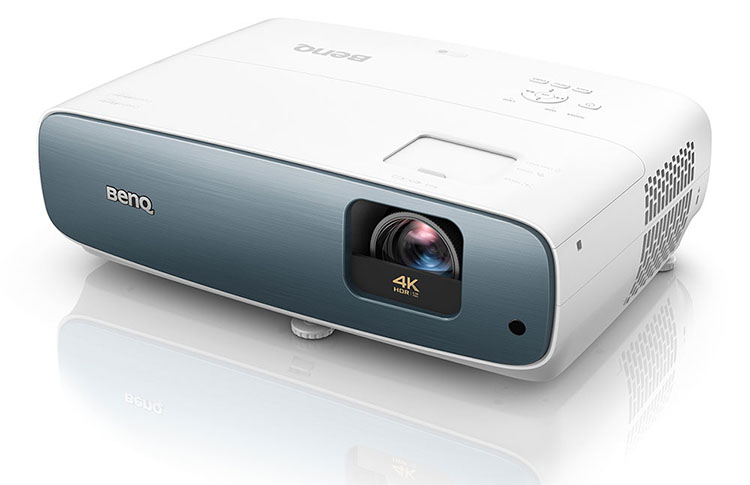
At $1699, the BENQ TK850 is a top value in compact DLP projectors. With Ultra HD, HDR and high output, it’s easily among the best in its class.
- Sharp, bright image
- Excellent HDR and 3D presentation
- Flexible and precise calibration options
- Quiet fan
- Larger color gamut
- Better out-of-box color accuracy
- Remote button to change HDR levels
After reviewing several Ultra HD projectors from BenQ and other companies, it’s easy to see the difference between the high color and high brightness models. But the TK850 has advanced the quality of the latter quite a bit over its predecessor, the TK800. Though it doesn’t have the large color gamut of the HT3550, it offers twice the light output and surprisingly good contrast. My experience with HDR content was impressive. Only the darkest scenes showed DLP’s weakness in the black level department. With just a few bright highlights added though, the picture looks fantastic.
That high light output also made up for a slightly smaller color gamut. Watching reference material like Planet Earth II was amazing and I never wanted for more. The sharpness of both static and moving objects was a pleasure to watch thanks to the TK850’s well-engineered DLP light engine. And BenQ should be commended for supplying such good optics at this budget price point.
In choosing between the TK850 and the HT3550, the main things to consider are light output and image fidelity. The HT3550 offers the largest color gamut and most accurate image for all content. But its light output is lower and better suited for a light-controlled room. If your space demands a brighter projector, the TK850 is the better choice. Though its gamut is smaller, it pumps out twice the brightness and can deliver a quality image even when some lights are on.
The TK850 is bright and colorful and with a few tweaks, very accurate as well. It can handle any kind of signal including 3D, which it’s particularly good at. $1699 is about what one pays for a decent flat-screen TV. The TK850 delivers an equally good picture at sizes up to 300 inches diagonal. Now, who wouldn’t enjoy that?



